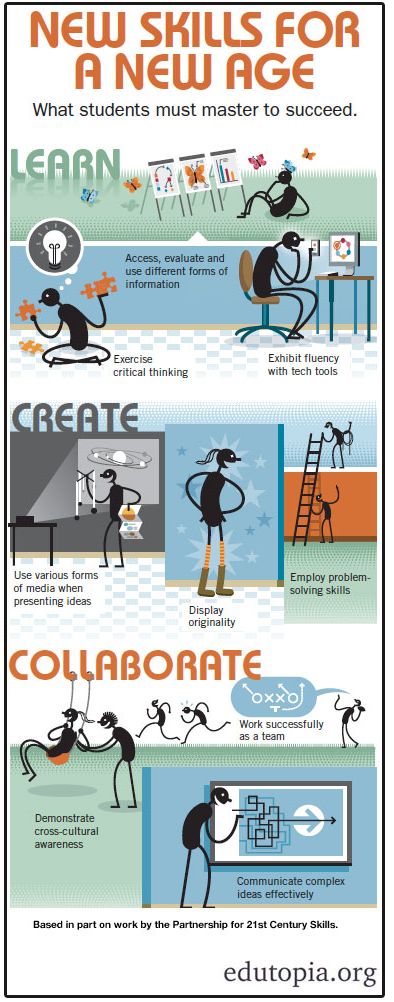Some of you know (because some of you are writing with me) that I launched a collaborative story this week. In fact, I launched two stories. Both began the same way, but one is being done with Google Wave and the other is being written at our iAnthology site (which is closed to the public).
It’s been pretty fascinating to watch the story shift in different directions — in one, a character is believed to be the inventor of the Internet but he comes to visit our main character with a bloodied knife and a story to tell of mistaken identity. The other is set in Italy and again, a “friend” comes calling, but he is on the run from some local bad folks who want a precious stamp.
I thought it might be interesting to use a new site someone recommended called Spicy Nodes (a concept map site that is still in beta) to chart out the elements of the two stories. I’m not sure how Spicy Nodes is any better or more unique than other concept mapping sites.
Here is what I have come up with so far (direct link to the node is here):
You can still join us at the Google Wave story (of course, you need to be in Google Wave to participate). And that raises a question in my head — both Google Wave and the iAnthology limit participation because you have to be part of either structure. I am thinking that maybe we need a third variation of the story — on Etherpad, which requires no log in.
And so, in seconds, I created the start of the story over at Etherpad. Come in and join us: http://etherpad.com/cY2ufkguQ2
Peace (in the node),
Kevin


